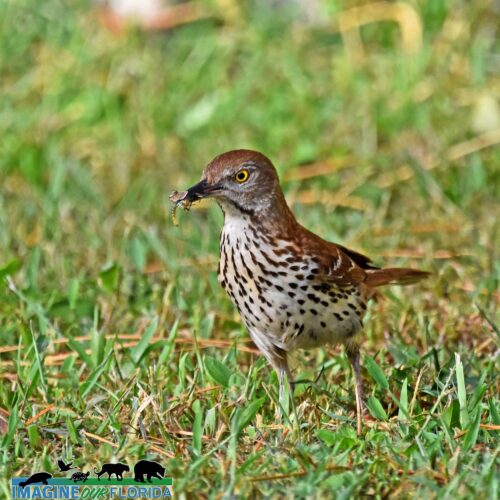Lichens-
Crustose Lichens: These lichens form a tightly adhering crust-like layer on the substrate such as rocks or bark. They are often found in harsh environments like deserts and high-altitude regions.
Foliose Lichens: Foliose lichens have leaf-like structures and are typically loosely attached to the substrate. They can be found on trees, branches, and soil and are often more sensitive to environmental changes.
Fruticose Lichens: Fruticose lichens have a branching or bushy structure and may be upright or hanging from substrates. They are often found in various habitats, including forests, tundras, and coastal areas.
Next time you’re out exploring nature, take a closer look at these unsung heroes of the ecosystem!  #LichenLove #NatureFacts #Biodiversity
#LichenLove #NatureFacts #Biodiversity 
















Recent Comments